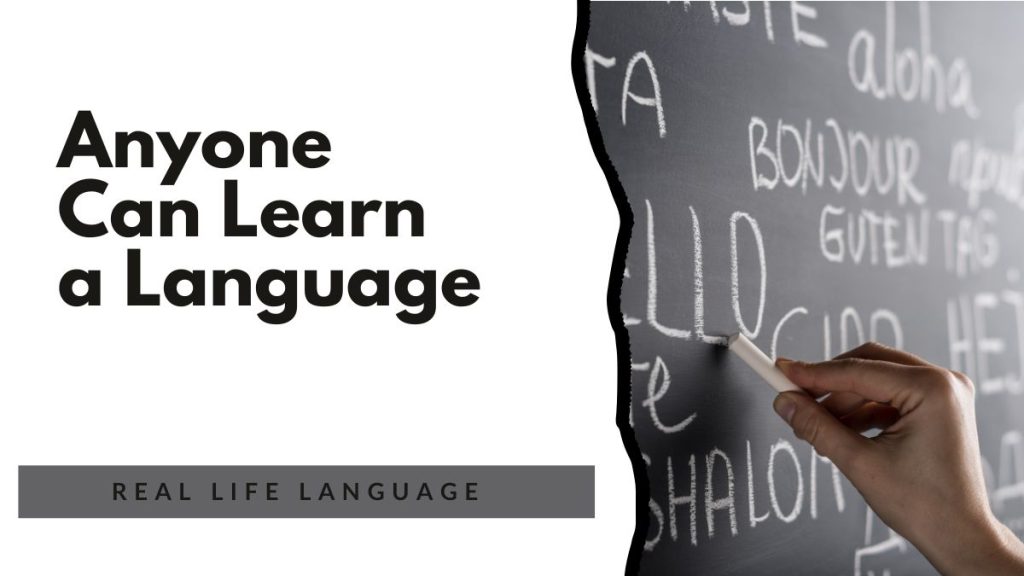
This article expands on a short lesson about how to find and use time to make measurable progress in a new language. If you want practical, no-nonsense advice on building consistent language learning routines, this guide walks through the same framework: estimate the hours, convert daily activities into study time, choose the right tools, and track your progress. Below you’ll find concrete examples, suggested routines and a simple tracker to help you turn intentions into results.
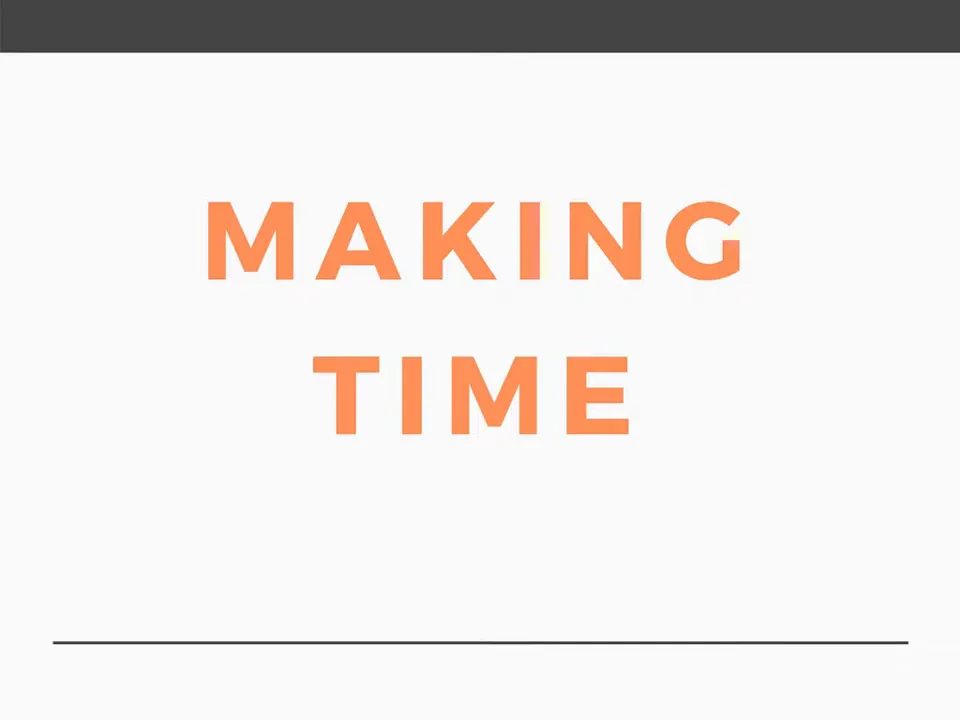
Why “making time” matters for language learning
We all have the same 24 hours in a day, but we use them differently. For language learning, time is the fundamental resource: most Category 1 languages (those closely related to English, like French, Spanish, Italian, Romanian) require roughly 750–1,000 hours to reach a strong B2 / low advanced communicative level. If you want to reach that level in a year, that works out to about 14 hours per week.
Language learning routines: making time isn’t about finding magical techniques; it’s about realigning what you already do so that more of your hours contribute directly to progress.
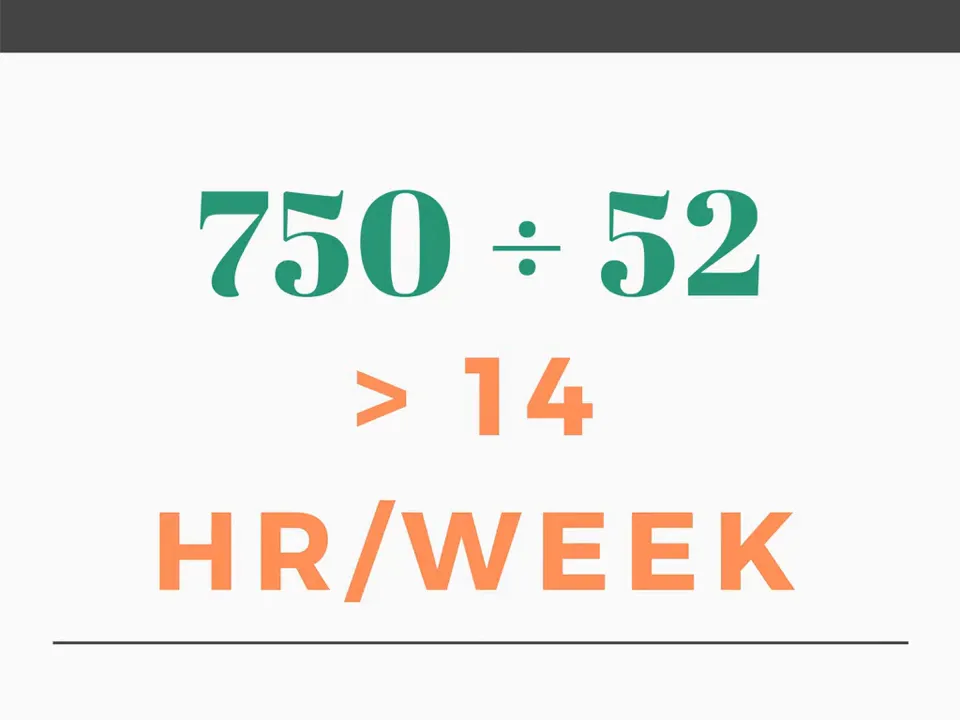
Turn everyday moments into study time
Smartphones changed everything. Your phone can be a mobile language lab—no heavy dictionaries, no lost opportunity. Here are practical ways to convert small pockets of time into focused learning:
- Commutes (car, train, bus): listen to beginner courses like Pimsleur, Michel Thomas, Earworms, Collins or to novels and self-help audiobooks as you advance.
- Waiting time (queues, appointments): use Anki/Quizlet flashcards to reinforce vocabulary and grammar.
- Lunch breaks and walks: listen to podcasts, YouTube lessons or short dialogues in the target language.
- Household tasks and errands: switch to target-language radio or playlists so you’re absorbing natural speech in the background.
These small changes add up. Four 30-minute commutes per week, two 20-minute lunch sessions and several 10-minute flashcard blocks can push you close to that 14-hour weekly target without rearranging your whole life.
14 hours a week — how it adds up
Think of the 750–1,000 hour target as a bank balance. A steady weekly deposit of 14 hours compounds into fluency over the course of a year. What’s powerful about this view is flexibility: you don’t need to study in 2–3 hour blocks every day. Short, consistent, high-quality input and spaced repetition work extremely well.
Compressing time: intensive 3‑month options
If you can free up more time—say, during travel or a stay in a target-language country—you can compress the same hours into a much shorter period. For example, 750 hours over three months is about 250 hours per month. When you’re immersed (shopping, cooking with recipes in the language, reading newspapers, listening to TV/radio, speaking throughout the day) that intensity accelerates learning dramatically.
Language learning routines – making time: think in hours, not in methods: the same quantity of focused, meaningful input and output yields similar results whether spread across a year or concentrated into an immersive sprint.
Tools and resources that fit into routines
There’s a huge ecosystem of free and paid materials designed to slot into small time windows:
- Beginner audio courses: Pimsleur, Michel Thomas, Collins, Living Language.
- Vocabulary systems: Anki, Quizlet (many teachers share ready-made CSV word lists).
- Gamified apps: Duolingo, Memrise, Flash Academy for addictive daily practice.
- Authentic input: podcasts, YouTube channels, radio stations and online newspapers in the target language.
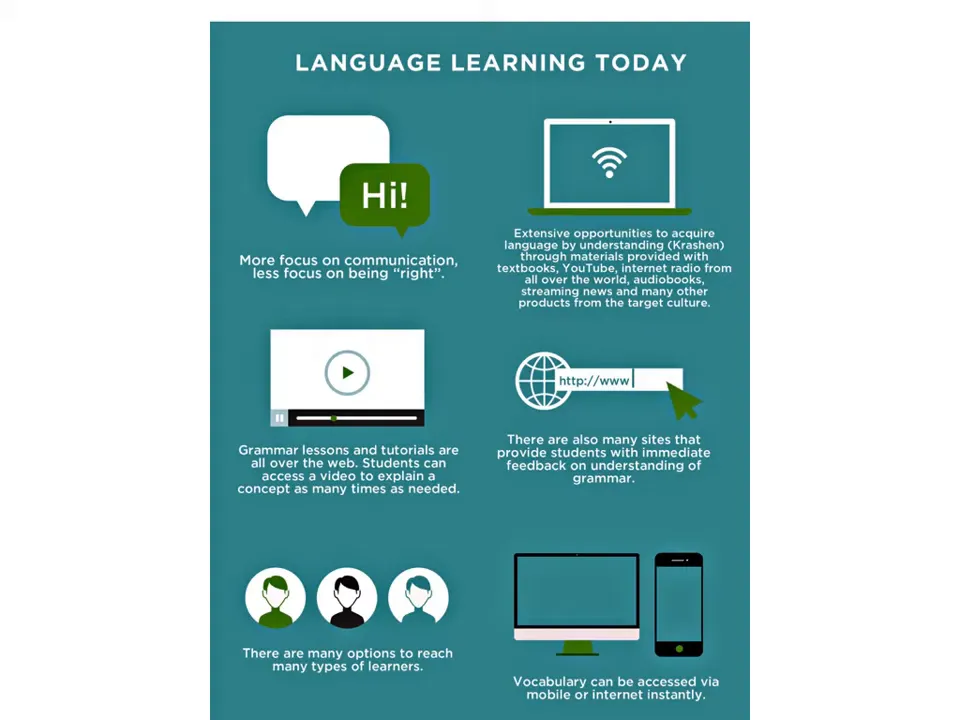
Grammar, input and the real test: speaking
Grammar matters—it’s the toolbox that helps you assemble correct, effective sentences. But learning often happens through input: listening and reading. Listening and reading give you the raw material of vocabulary and structure in context. Speaking and writing are the tests: producing language exposes gaps and accelerates improvement.
So a balanced routine includes:
- High-quality input (audio + text) for comprehension and implicit learning.
- Active practice (flashcards, grammar drills) to solidify forms.
- Output (conversation, journaling) to apply and test your skills.
A simple time tracker and weekly plan
Keeping a monthly tracker helps you stay honest about hours. If you can only manage 10 hours per week in January, log it and look for small ways to add 1–2 hours (more commuting input, extra flashcard sessions, or swapping an English podcast for a target-language one).
Sample weekly breakdown (aiming for ~14 hours):
- Daily commute: 5 × 30 minutes = 2.5 hours (audio course / podcasts)
- Daily flashcards: 10 minutes × 7 = 1.2 hours (Anki/Quizlet)
- Lunch listening/reading: 30 minutes × 5 = 2.5 hours (news, YouTube)
- Evening focused study: 1 hour × 4 = 4 hours (grammar, exercises)
- Weekend conversation / writing practice: 2 sessions × 1.5 hours = 3 hours
Technology has made it possible to do this all in a much more sustainable way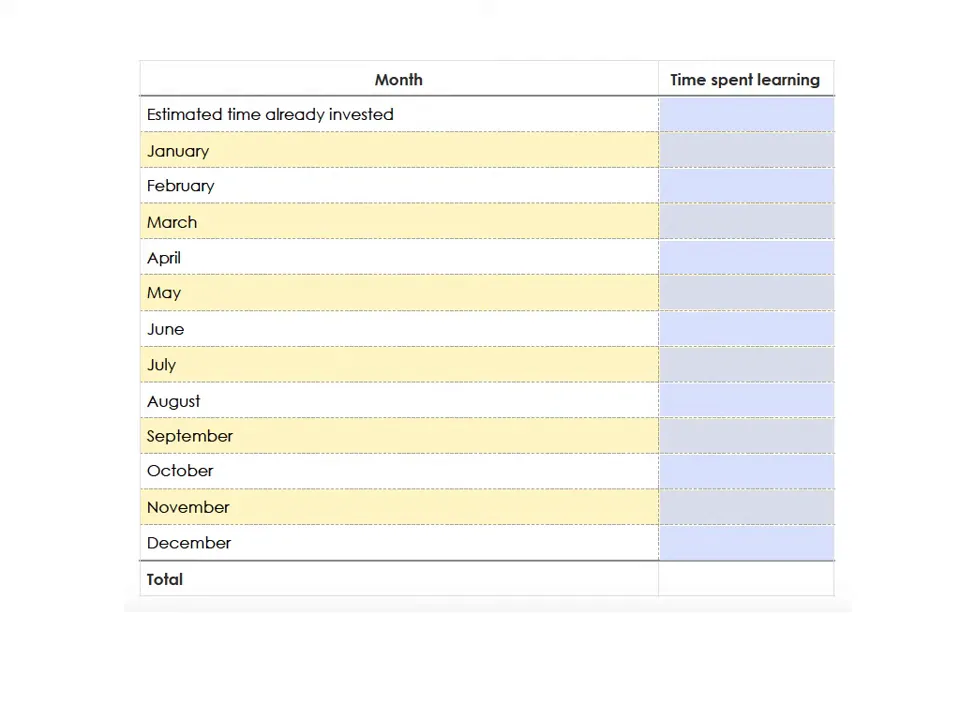
Putting it together
Technology has transformed my language learning routines. Making time for them is a mindset. Don’t be intimidated by what you see above. Knowing what I know, mine have become much more relaxed. When I am writing, I often don’t do languages. It is too much for me to juggle it all. A short chunk of time daily over intensity you can’t sustain will always win.
Identify the hours already present in your life, convert passive moments into learning moments, choose tools that fit your context, and keep a simple tracker. With consistent, meaningful hours, fluency becomes an achievable, measurable goal.
5 Weeks of No and Low Prep Fun
Need quick, engaging activities for your class? This free guide includes 25 no-prep and low-prep ideas to save time while keeping students excited about learning.
Download your free copy now.
